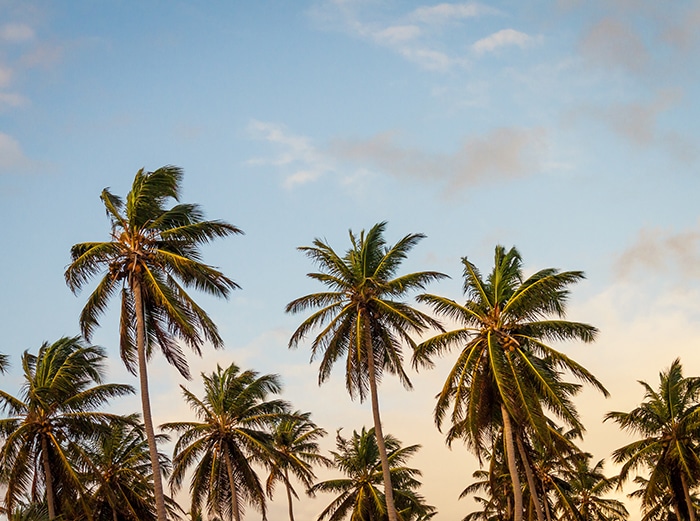What are the steps you should follow when translating a tourism website? What are the difficulties that arise with the localization of a website?
The great possibilities of travelling anywhere in the world make it an excellent opportunity to analyse the issue of translating tourism websites, which is somewhere between marketing translation and leaflet translation.
For the travel and tourism market, characterized by globalization, the Internet is an inevitable and irreplaceable means of communication. It thus becomes increasingly important for the industry that the information available on travel and tourism websites is translated properly into different languages.
Website Translation: 3 Types of Sites
There are three types of sites dedicated to tourism:
- Informational websites, which are those offering information on all aspects of the tourism industry;
- Promotional websites, promoting a particular destination;
- Commercial websites, whose goal is to sell, therefore to put potential customers in contact with a range of service providers such as travel agents or tour operators.
Useful Concepts in Website Translation in the Travel and Tourism Industry
The success of the tourism industry in a given country or a destination depends in large part on the marketing strategies adopted to promote the destination in question. These strategies, in most cases, should include websites translated into different languages. In the area of tourism, as in that of marketing, the translator should bear these three concepts in mind as listed by Bert Esselink:
- Localization: linguistically and culturally adapting a product to meet the needs of its target audience.
- Internationalization: the process of generalizing a product in order to make it compatible with the largest number of languages and cultural contexts possible; the goal of internationalization is to facilitate localization.
- Globalization: adapting and disseminating a product or website to the needs of different countries or regions.
Common Problems with Localizing Travel Websites
The translation of a website in the tourism sector aims, among other things, to make the proposed product fit local needs. In doing this, the translator will be confronted with three types of problems:
- Cultural problems: as well as identifying the translation difficulties inherent to any text to be translated, the translator needs to define what parts of the document in question should be rewritten or at least adapted to the target audience envisaged. A destination is not described in the same way for a Spanish audience (which tends to seek detailed information and figures), as for English audience (which generally prefers a more emotional and aesthetic portrayal).
- Language problems: the translator must be able, as with a medical or financial translation, to detect the textual elements arising from cultural idiosyncratic preferences in order to make them understandable to other audiences. This is particularly the case for set phrases, proverbs and sayings.
- Technical problems: as with any business translation, translating a tourism website presents some technical challenges, such as the presence of keywords.
Translating travel websites, given that their purpose is global, presents the translator with numerous challenges, including the knowledge of linguistic specificities peculiar to the tourism sector (similar to technical translation) as well as the mastery of the technical difficulties inherent to website translation.
Discover our translation agency.



